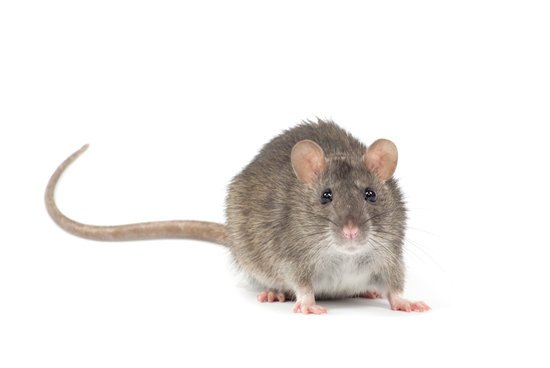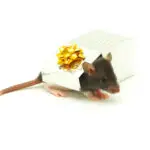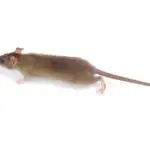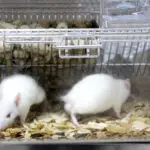How Can We Prevent More Invasions From Ship Rats?
Ship rats are nocturnal scavengers, active during the night, feeding on plant and animal matter. They also feed on stored food and refuse. They can easily cross water channels up to 2.2 km wide and can swim 500 metres in length. While they are relatively easy to eradicate, they must be controlled year-round to prevent new infestations. Ship rats can also be a nuisance to humans, and can re-infest buildings and other structures if not controlled.
Further research is needed to better understand the processes underlying the growth of ship rat populations in high-elevation environments. This would allow us to prevent spillover of these populations to other locations. In the meantime, experimental control of these populations would allow us to prevent further invasions.
Predators are a key factor in controlling the size of ship rat populations. In New Zealand, predators have limited the population size of ship rats in low-elevation areas. However, when food supplies are abundant, such as in arid regions, ship rats are unable to be eradicated.
Ship rats prey on a variety of animals, including birds. They destroy seeds and reduce food sources for native birds. Their eating habits also impact the regeneration of forests. Ship rats also consume birds’ eggs and nestlings. This can be devastating for forest birds.








